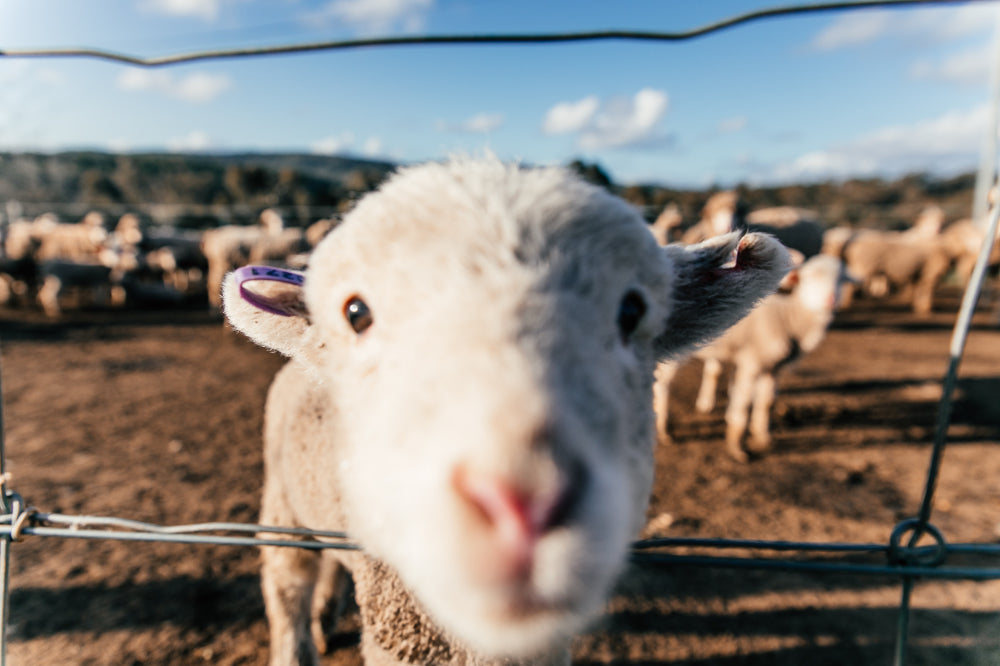
Yarn Draft! Huh? Never heard of it!
Share
Anyone new to fiber arts, particularly knit and crochet, may find they are a little overwhelmed by about all the yarn and needle choices available. Believe me, I fully understand. I have been crocheting all my life and only more recently began to knit and even with all of that experience I can sometimes be surprised by what I never knew. In fact, I learn something new with every project. That certainly keeps things interesting! Hopefully, I can pass on a little of what I’ve learned. Today we talk about draft. “What the, what?” you ask. Yeah, I know. Your pattern says absolutely NOTHING about draft.
I admit I was once someone who would choose a yarn based on weight and didn’t think twice about anything else. I chose what the pattern called for and that was it. I didn’t need to think any further, my stuff came out okay…so there! Done! I am GOOD at this! Ha! Nope!
What I failed to consider was that I was stuck in the land of blankets. It was all I ever made. I love them and still do to this day. I am rarely without one. Who cared if my socks drooped…I didn’t make them anyway!
Well, the problem arose when I decided after a long hiatus from crochet that I wanted to make other things…things that weren’t blankets. In my arrogance I marched off to the store and bought yarn using my tried and true method of “weight is all that matters” and made a sock that was more of a Christmas stocking! Yep, true story.
Anyway, I humbled myself and realized I need to understand that yarns are not all interchangeable, even if they are in the same weight. For my projects to turn out how I intended I needed to respect that how they are spun matters. Needles matter. Gauge matters. I always understood this, of course, but I had come to really UNDERSTAND it…if that makes sense.
So, I set out to learn about how yarn is spun. I quickly realized that there is an entire world of fiber skill I never knew existed. I won’t dive into too deeply here because it is not my area of expertise and my technical speak on the topic definitely needs improvement. (In that vein, I beg forgiveness in advance if there are spinners reading.) Those who spin yarn are true artists with an amazing skill and if not for them I couldn’t do what I love. Thank you!
Knowing a bit about how your yarn is spun is an essential step in understanding how it can be used to its best advantage. You see, how your yarn is spun will determine how the yarn behaves. Understanding how the yarn behaves will help you choose the proper yarn for your project.
Yarn draft, or drafting, is how fibers are twisted. That’s the short and sweet of it, but as with everything there is more to it than just twisting. I learned that one can draft worsted or woolen yarn. The difference between the two final product types is density, which is achieved in the way the fibers are prepared and how they are spun. Woolen spun yarn has more air between fibers and will be fluffy and can be a bit uneven. Worsted spun yarn will have less air between fibers resulting in more condensed, smooth strands that adds a lustrous sheen and more drape than woolen spun.
It is important to point out that worsted spun is not the same as worsted weight yarn. Worsted and woolen spun are all about density, not thickness. Yarn weight refers to thickness. We’ll talk about yarn weight later. For now, understand that draft refers to density. Understanding it can help you achieve different results in your project.
“How, so?” you ask. Let’s say you want a finished product that has a little blurring between color changes, less stitch detail and an overall fluffiness to your project. In that case, using a woolen spun yarn would be great!
What if, let’s say, you want a very crisp look to your final project. Where any color changes or stitches are clearly defined in the fabric. In that case, because of its higher density and less fluffiness, worsted spun yarn is the better choice.
We haven’t covered all the bases yet, but we are definitely closer to understanding why knowing how our yarn is made could help our socks stay up! Yay! Understanding draft will not only help you choose the proper yarn for project, it is an important step toward learning how to make predictable pattern adjustments expanding the creative possibilities.
Plainly speaking, it will help you on your path toward making any project with just about any yarn you choose. You heard that right, you will not have to stick with the pattern recommendation. That means freedom, my fiber friend! Freedom to create beyond the borders of your pattern! Understanding about drafting has warmed you up so you can begin to really flex those creativity muscles, but there is more to the story. Read on to learn more about weight, ply and twist and how they contribute to yarn behavior.
Next up…ply!
Thanks for reading, until next time…Happy Yarnin’
Linda
Shop our yarns!
Check out some of our other topics: yarn fibers, gauge, needles, twist, ply and weight
How Much Yarn Do I Need?
Why avocado?
Breaking down your yarn needs
Our origin story
My yarn journey
